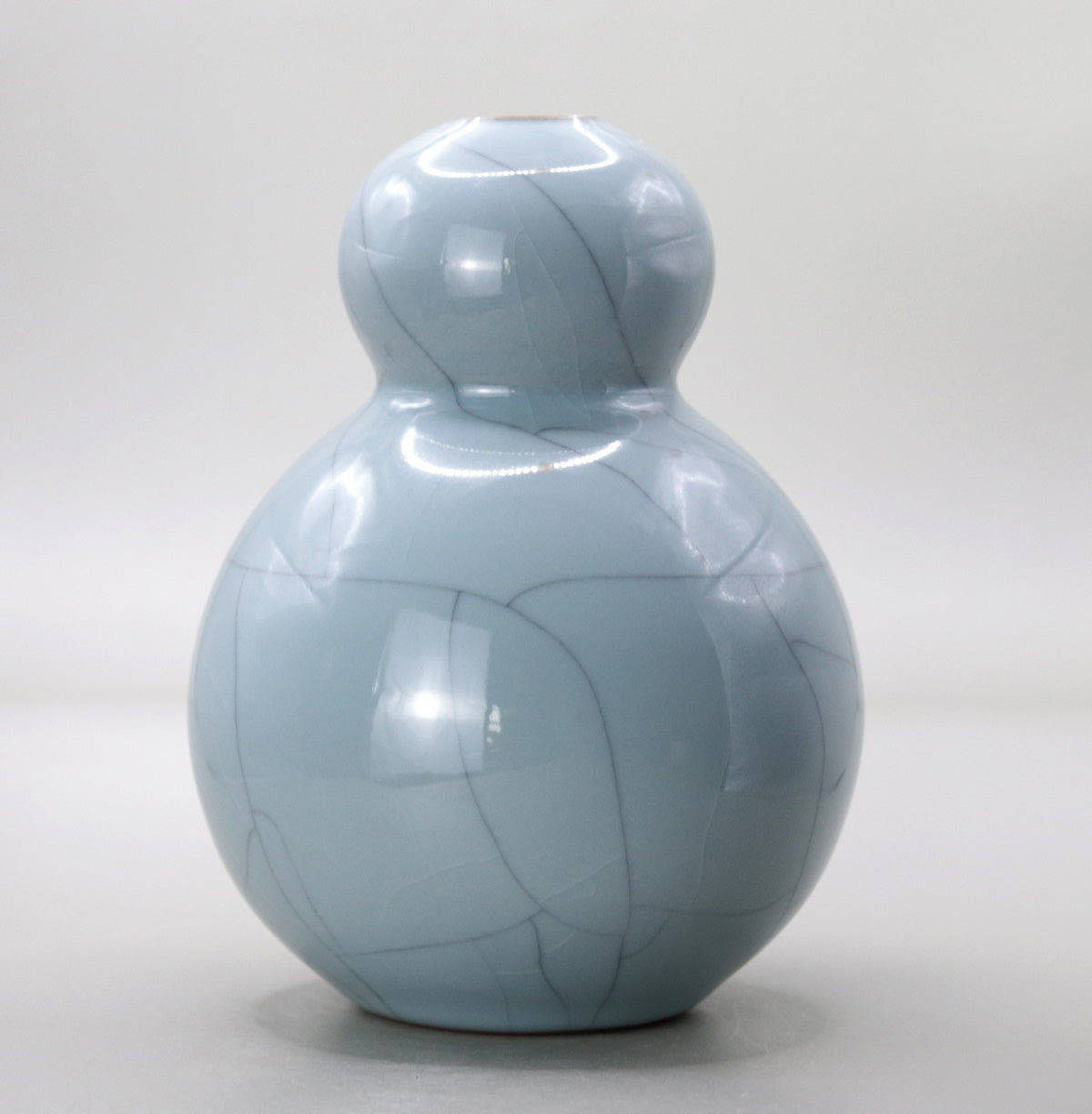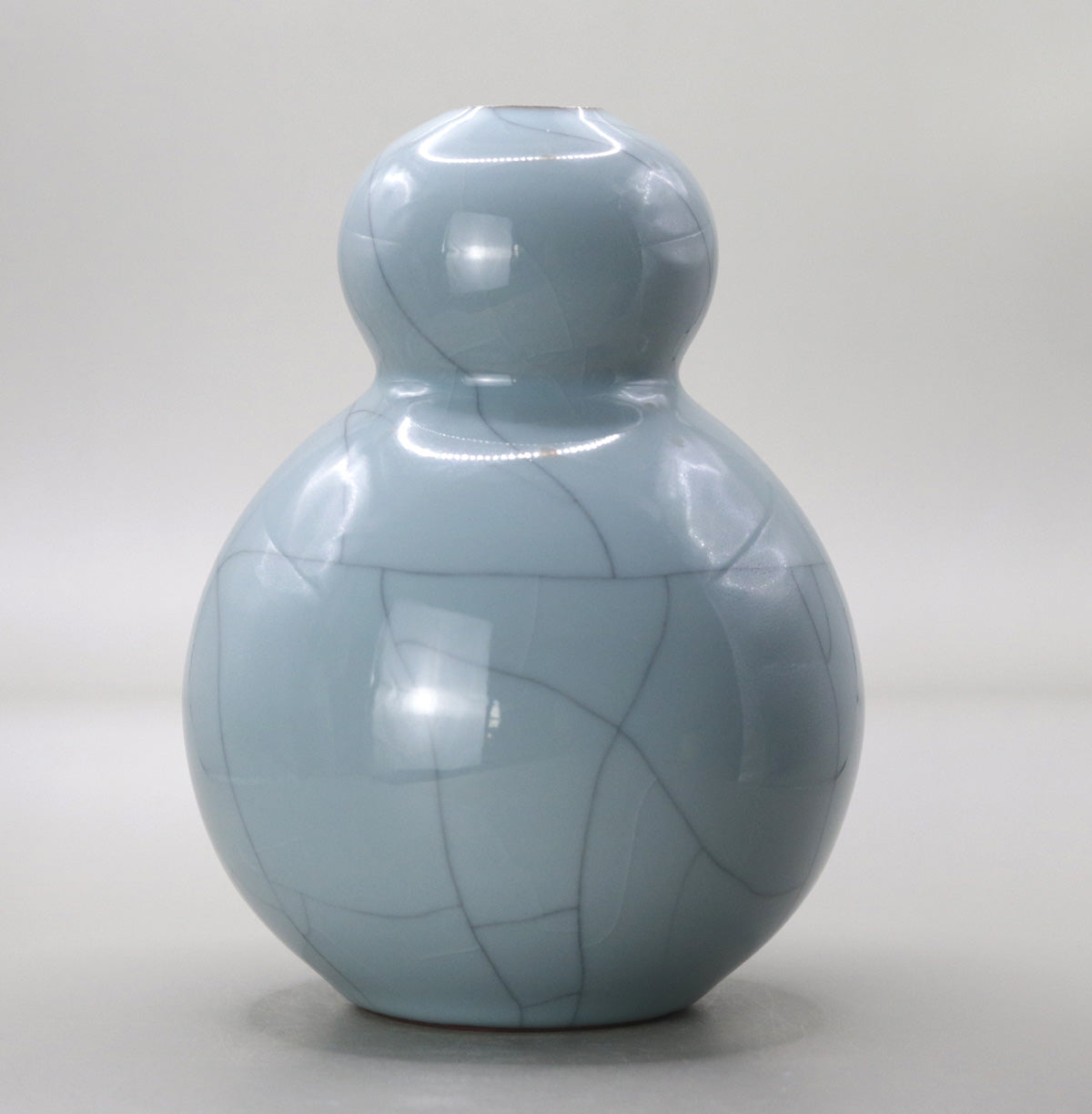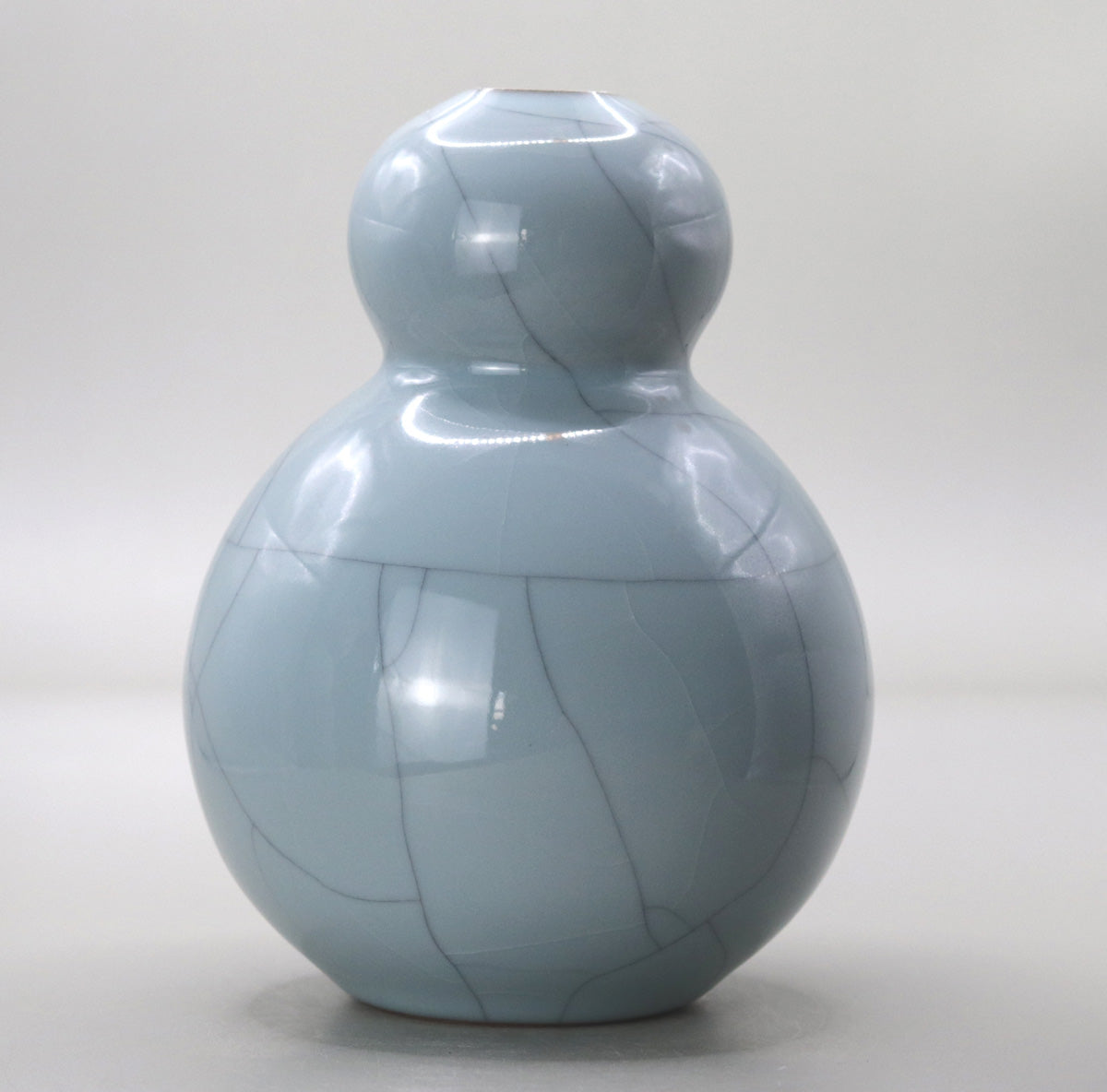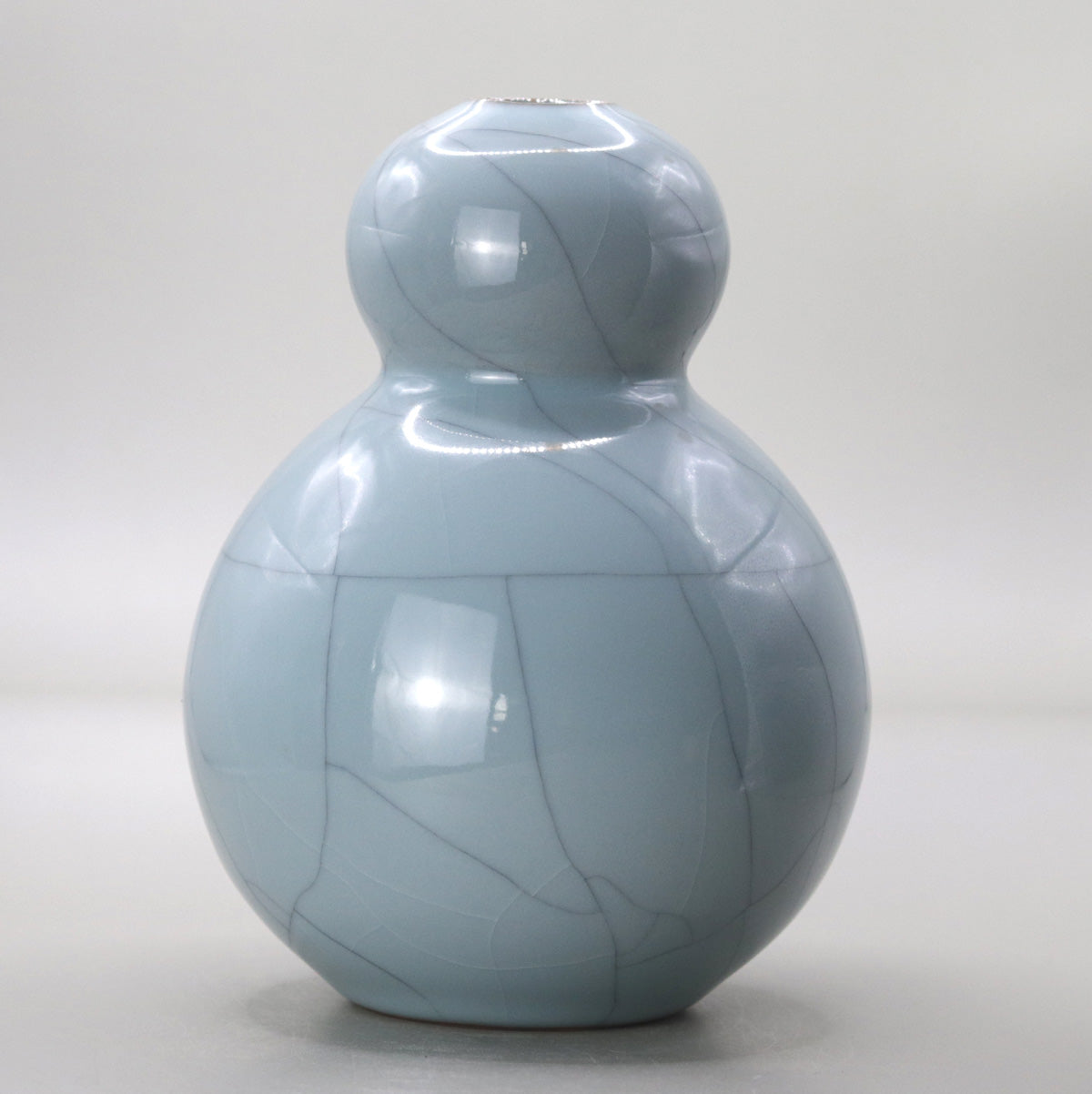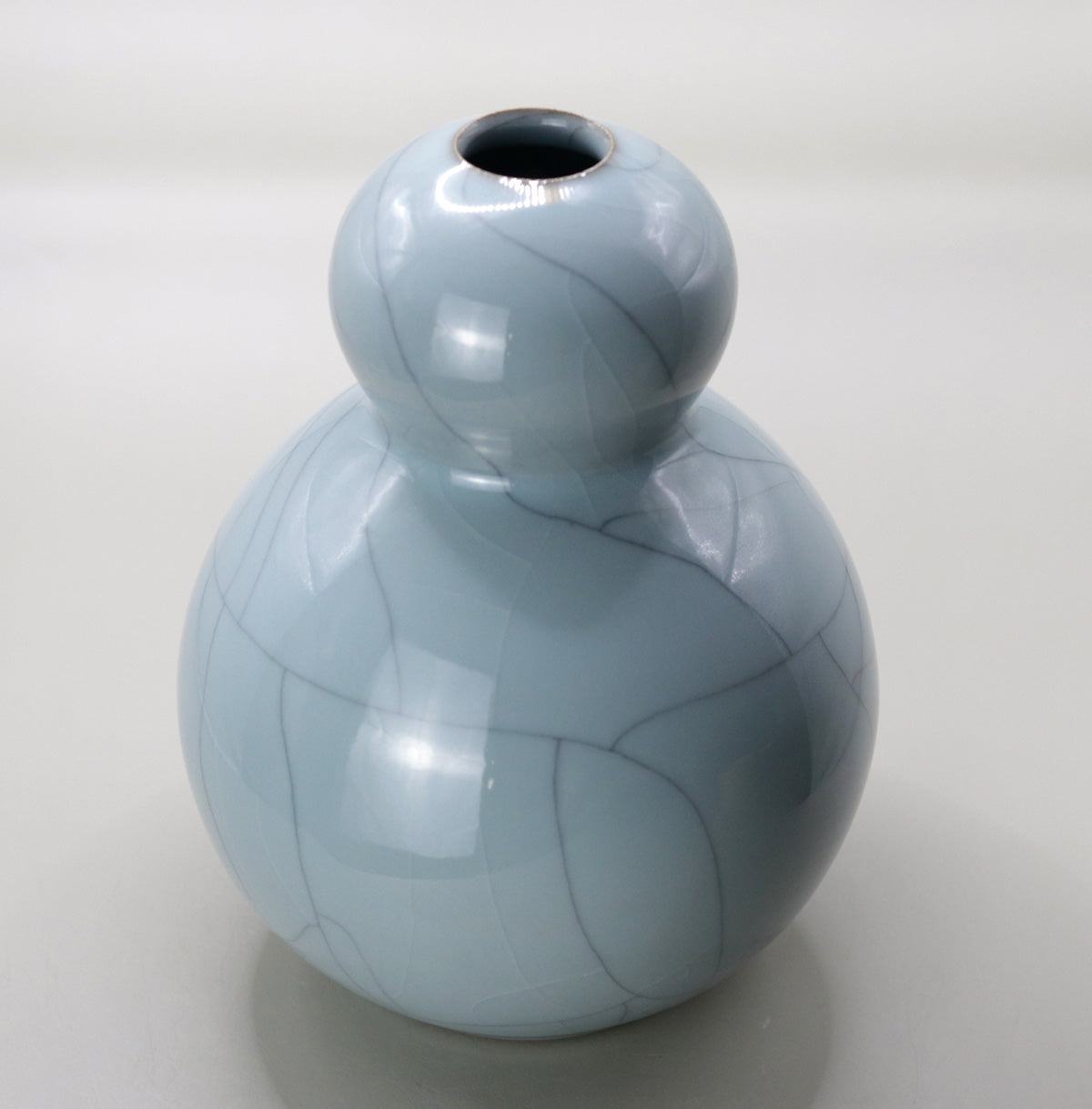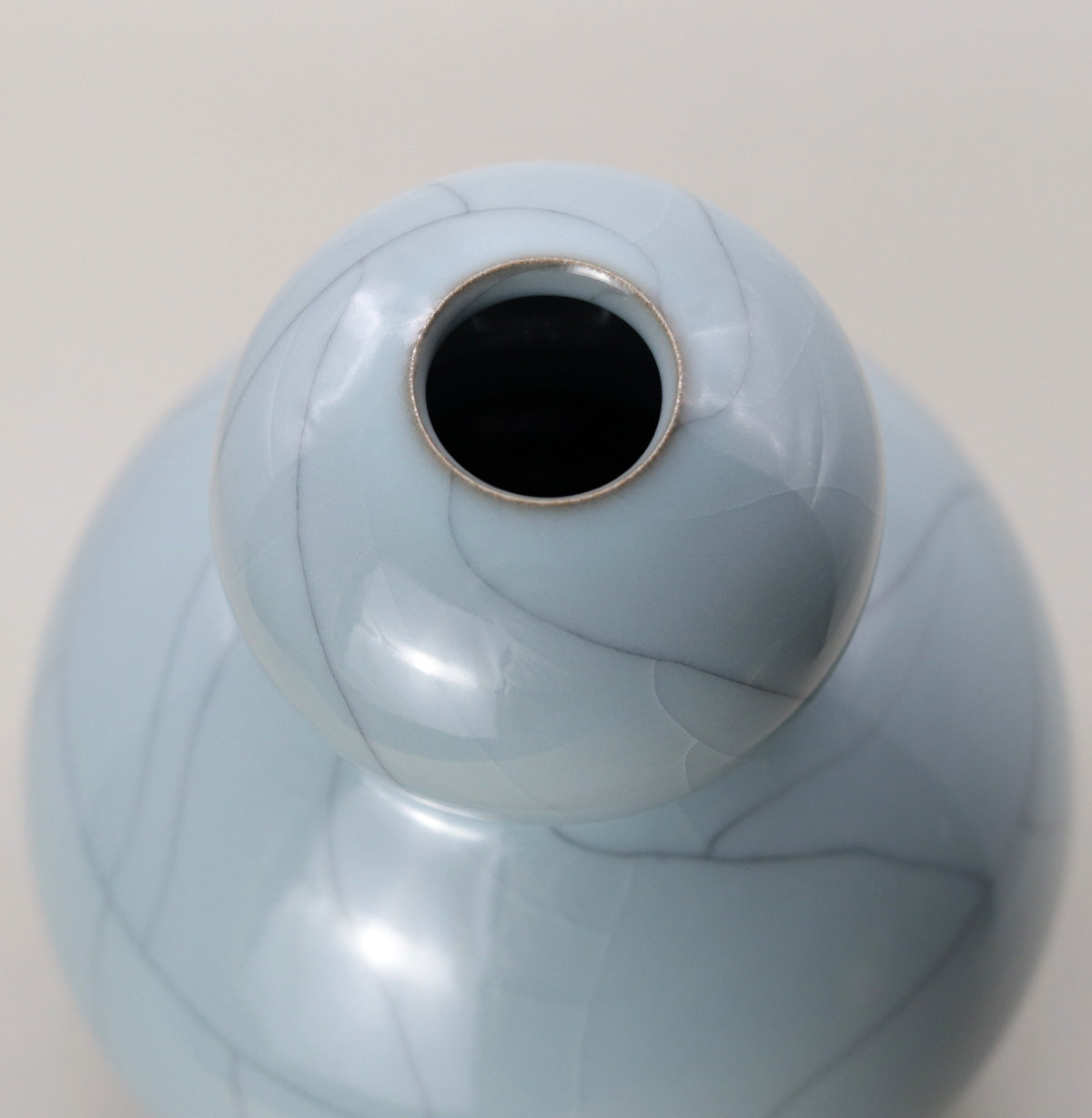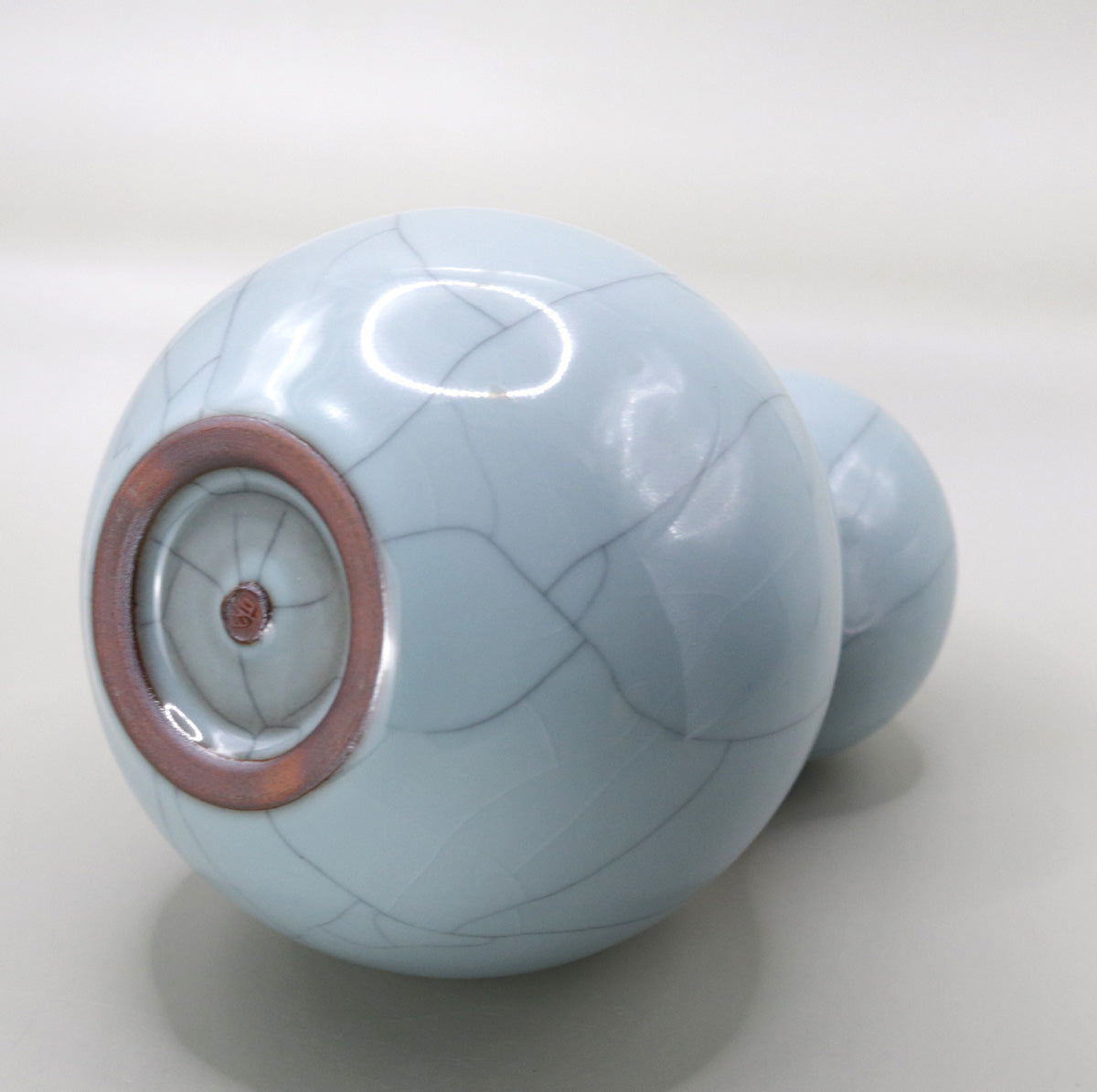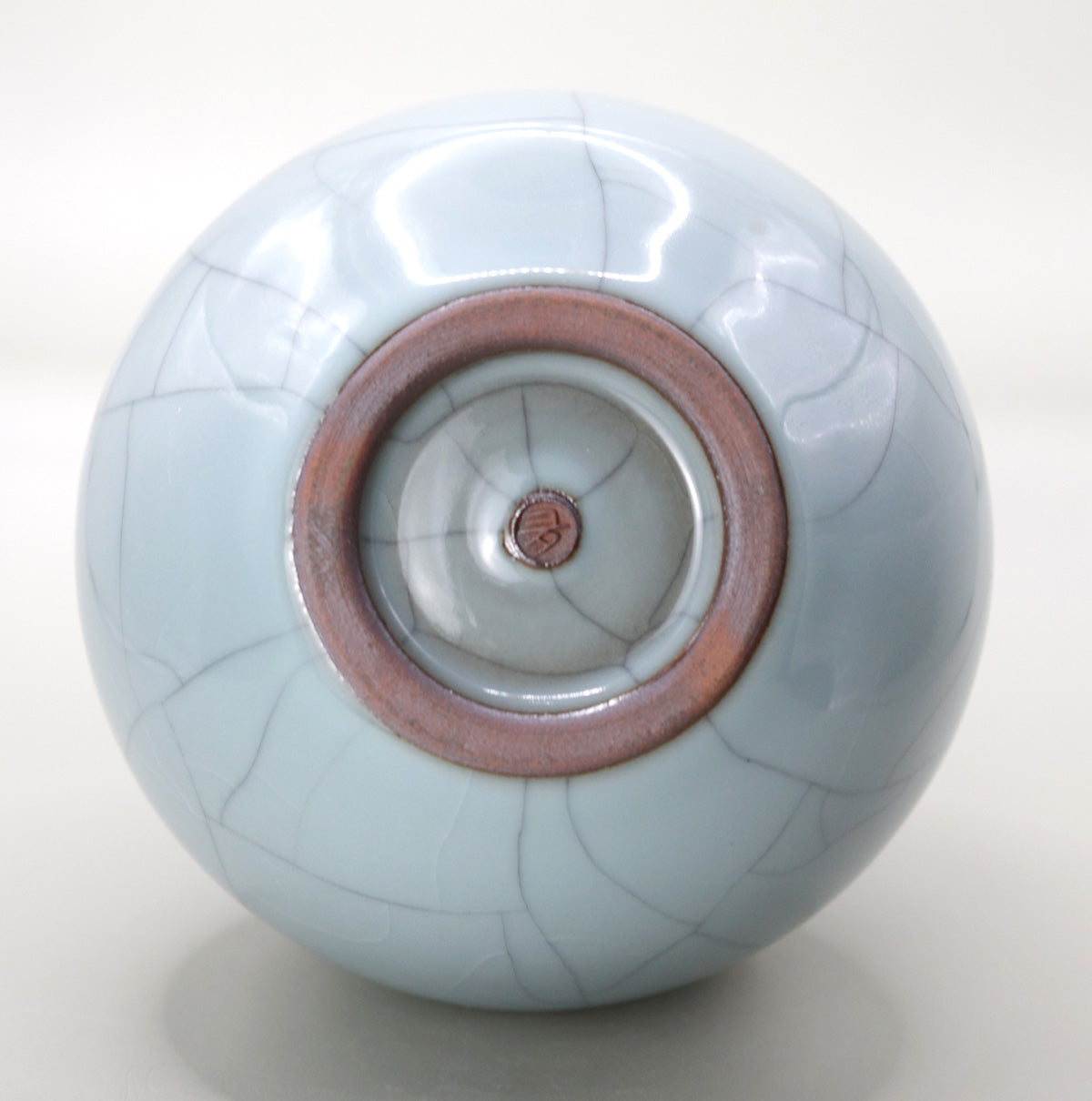Blue gourd vase Masao Tagai
Blue gourd vase Masao Tagai
Couldn't load pickup availability
Width: 15.5cm x 15.5cm Height: 19.0cm
Celadon vase (gourd-shaped) by Masao Tagai.
1. Overview of the work
This vase features a large, gentle craze running loosely beneath a pale celadon glaze reminiscent of a clear, heavenly sky. The gourd shape, with its plump upper and lower spheres, has been considered an auspicious form symbolizing good health and good fortune since ancient times, and brings a calm, auspicious energy to floor decorations. The smooth, mirror-like glaze surface softly reflects the surrounding light and hangings, and the craze lines emerge like an ink drawing, creating a sense of movement amidst the tranquility.
2. Shape and form
| part | Shape characteristics | Aesthetic and practical effects |
|---|---|---|
| Mouth rim | A small, neat circular rim. A thin layer of glaze is left unapplied, revealing a silver-gray iron rim. | The flower fasteners work well and tighten up the whole vessel. |
| Upper torso | A small sphere with a diameter of about 6-7cm. The tension in your shoulders creates rhythm. | Raising the center of gravity of the floral materials to create a light and airy movement |
| Lower torso | A large sphere with a diameter of about 10-11cm. Massive and stable. | Reflecting the surrounding scenery, creating a sense of unity with the space |
| Heights | The bottom of the goblin bowl is low. A little bit of iron rust has developed on the edge of the glaze. | Ensuring stability while anticipating the wabi vibe |
3. Glaze tone and crazing
Color development of celadon glaze <br data-end="634" data-start="631">By adjusting the ferric oxide and firing at a high temperature in a reduction process, which switches the temperature towards oxidation towards the end, we bring out the clear, rain-filled blue color that is not tinged with red.
Large Crazing <br data-end="731" data-start="728">The difference in the coefficient of expansion between the clay and the glaze is deliberately designed to be large, and wide cracks are created by rapid cooling after firing. The lines that cross the curved surface have a rhythm of thick and thin, and spread out freely in response to the roundness of the gourd shape.
Ink dyeing process <br data-end="837" data-start="834">After firing, a brown dye is boiled and allowed to soak into the crazing veins, allowing the color to seep in. As the piece is used, more flower water is added, giving the lines greater depth and allowing you to enjoy the sight of the piece growing.
Technical background
Masao Tagai, a full member of the Japan Crafts Association, specializes in thick celadon glazes and has been working on the theme of "reinterpreting auspicious shapes" in recent years. In this piece, he turned the potter's wheel to form two spheres, one above the other, and then carved and hammered the subtle curves to create the harmonious curves that are unique to gourds. The key to his technique is to mix a large amount of feldspar into the clay and adjust the glaze to be slightly more viscous so that the crazing does not peel off even with the thick glaze.
5. Historical and cultural significance
The gourd shape has been loved as a design symbolizing good fortune and luck, as seen in the ancient Chinese Taoist philosophy and Toyotomi Hideyoshi's Sennari gourd in Japan. A few examples of its combination with celadon can be seen in the Longquan kilns of the Song dynasty, but in the Japanese tea ceremony it developed independently in the early modern period as a "playful spirit of sukiya." This piece is a reinterpretation of that tradition in a clear blue that harmonizes with modern minimalist spaces.
6. Combination with flower materials
| season | Recommended flower materials | Points to consider |
|---|---|---|
| spring | Rikyu plum/Snow willow | The white flowers and pale blue flowers echo each other, and the penetrating lines meet the lines of the flower branches. |
| summer | Semi-summer/Mizuhikigusa | The white underside of the leaves and the coolness of the vessel resonate together to create a refreshing feeling in the tokonoma alcove. |
| autumn | Amberjack and wild chrysanthemum | The straight flower stem contrasts with the rounded body, creating a sense of movement. |
| winter | Kantsubaki/Nanten | The red flowers and berries stand out against the pale blue, emphasizing the dignified seasonal atmosphere. |
7. Points to note when viewing and using
The beauty of reflections <br data-end="1600" data-start="1597">The mirror surface of the body gently reflects the light from hanging scrolls and lanterns, making the vessel itself a "mirror containing the scenery."
The expression of the penetrating lines <br data-end="1663" data-start="1660">When light shines on it at an angle, the lines take on a three-dimensional shadow, giving the impression of depth like an abstract ink painting.
Changes in the iron rim over time <br data-end="1730" data-start="1727">The iron rust on the rim gradually takes on a black luster due to the presence of water or the touch, further accentuating the pale blue and ink lines.
8. Conclusion
This "Celadon Flower Vase (Gourd Shape)" is a masterpiece that embodies the "harmony of stillness and movement" with its auspicious form, clear celadon glaze, and generous craze lines. Simply inserting a single seasonal flower will bring a fresh sense of life into the space, and over the years the craze lines will deepen, and a story will develop along with the vessel. We hope you will spend many years engaging in dialogue with flowers and carving your own unique scenery into this celadon.
Share
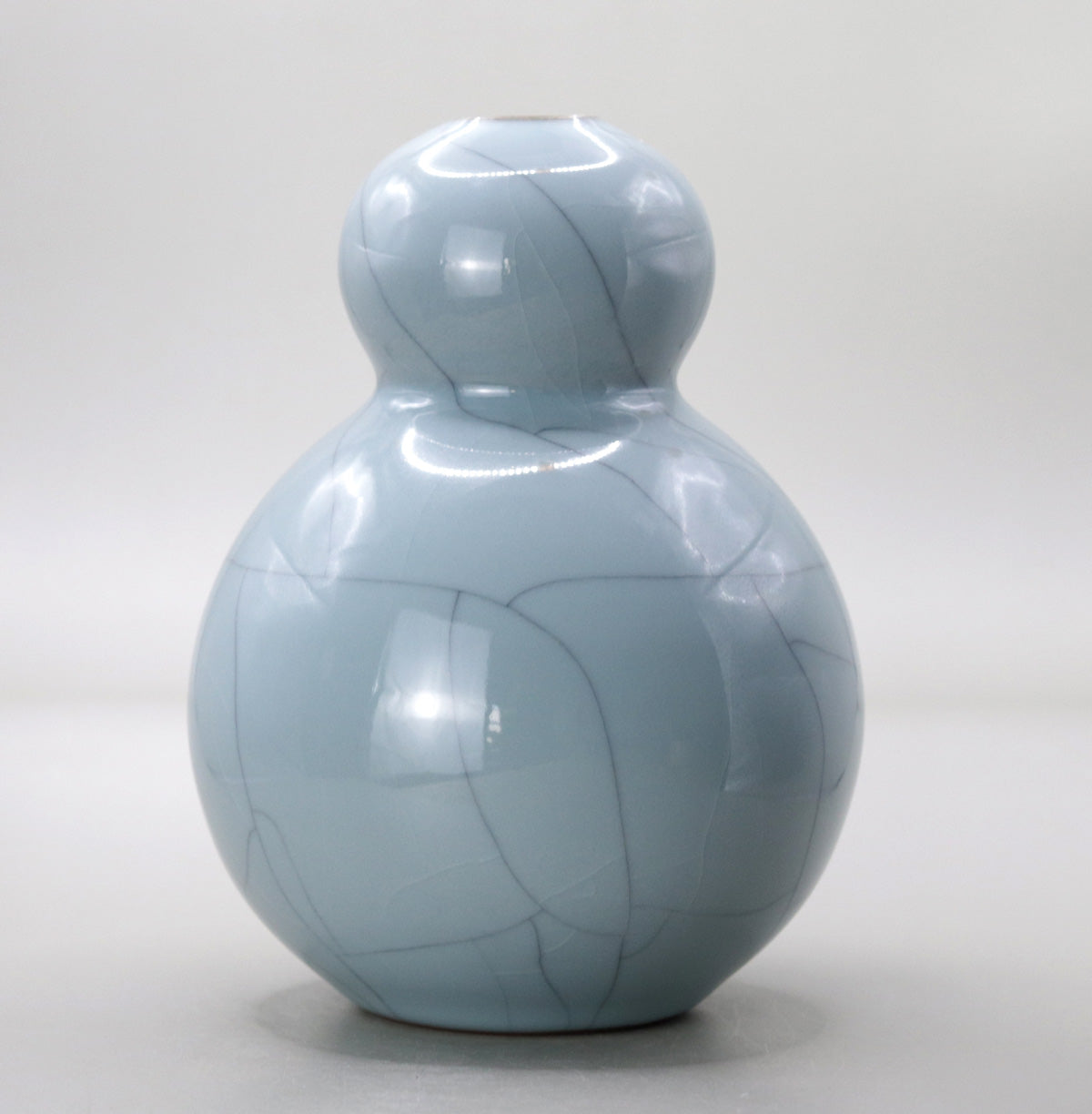
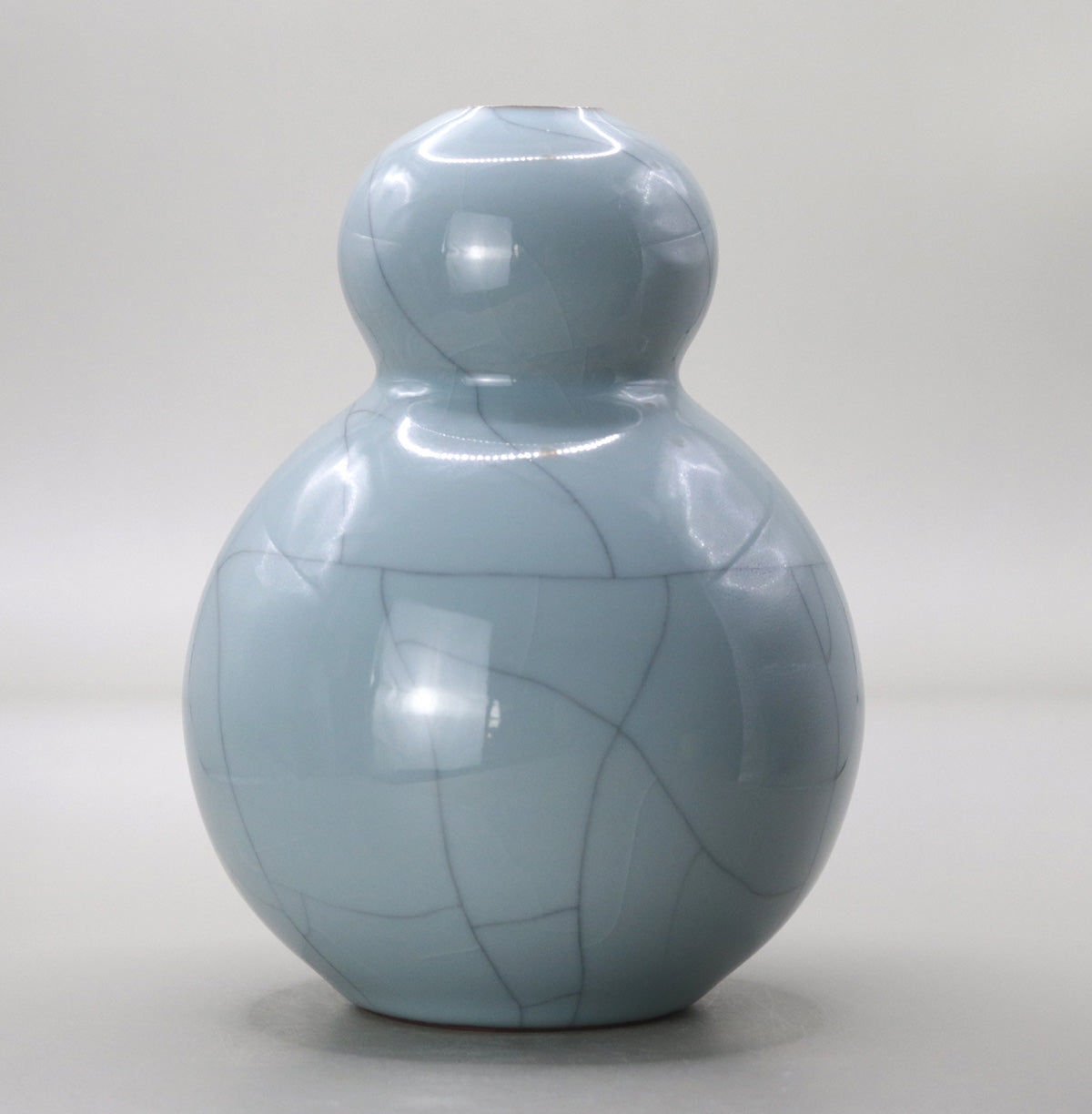
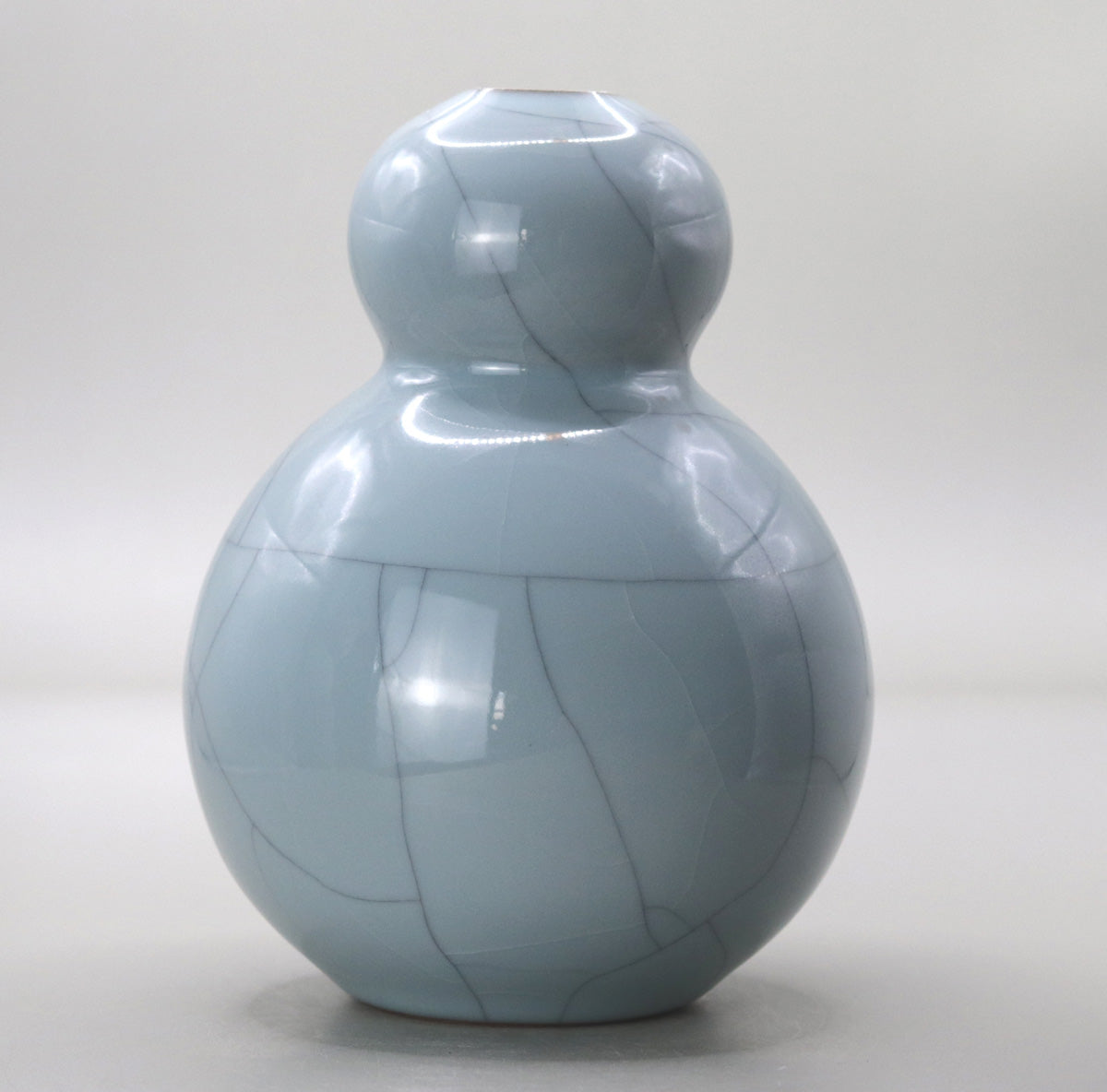
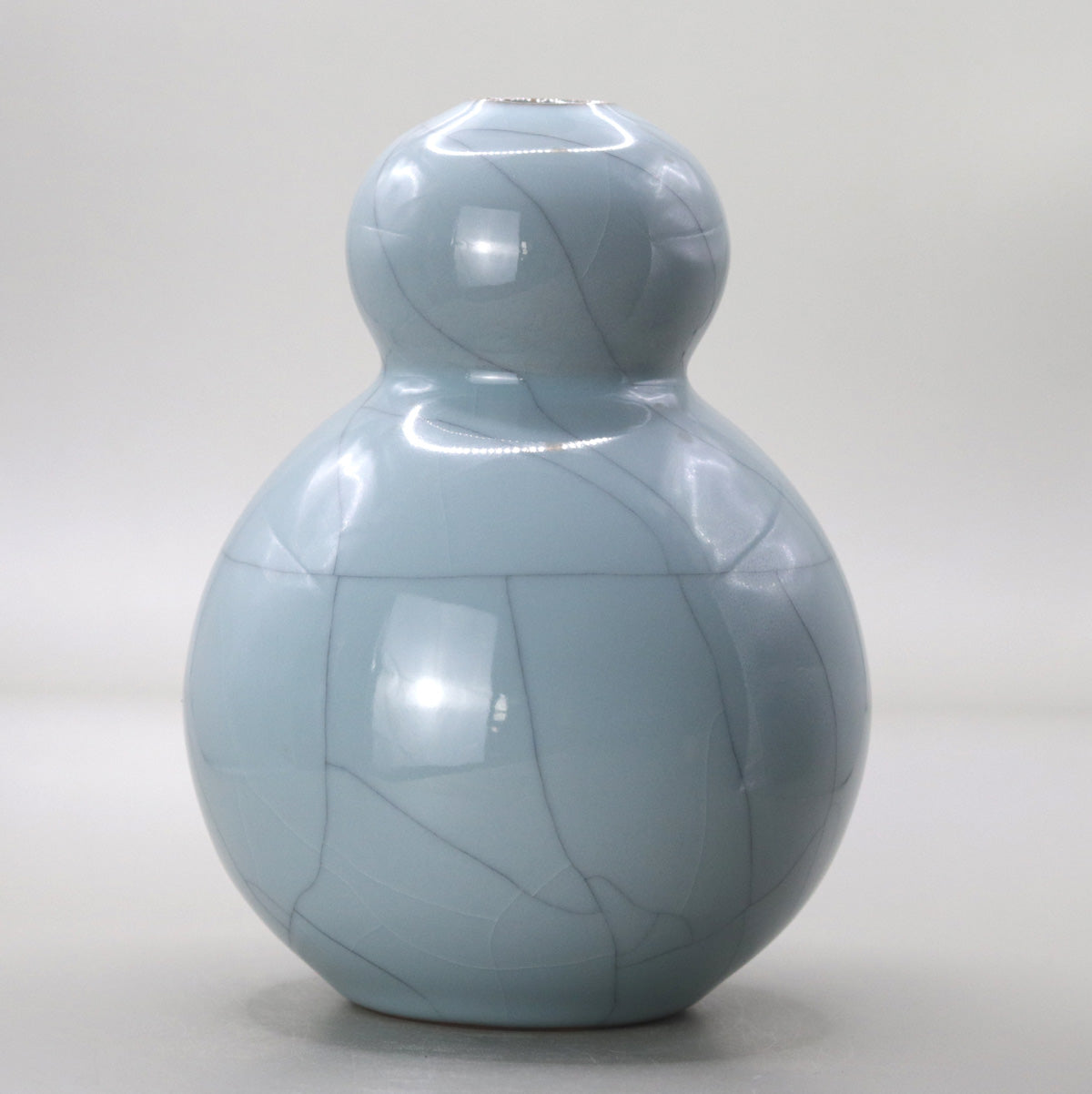
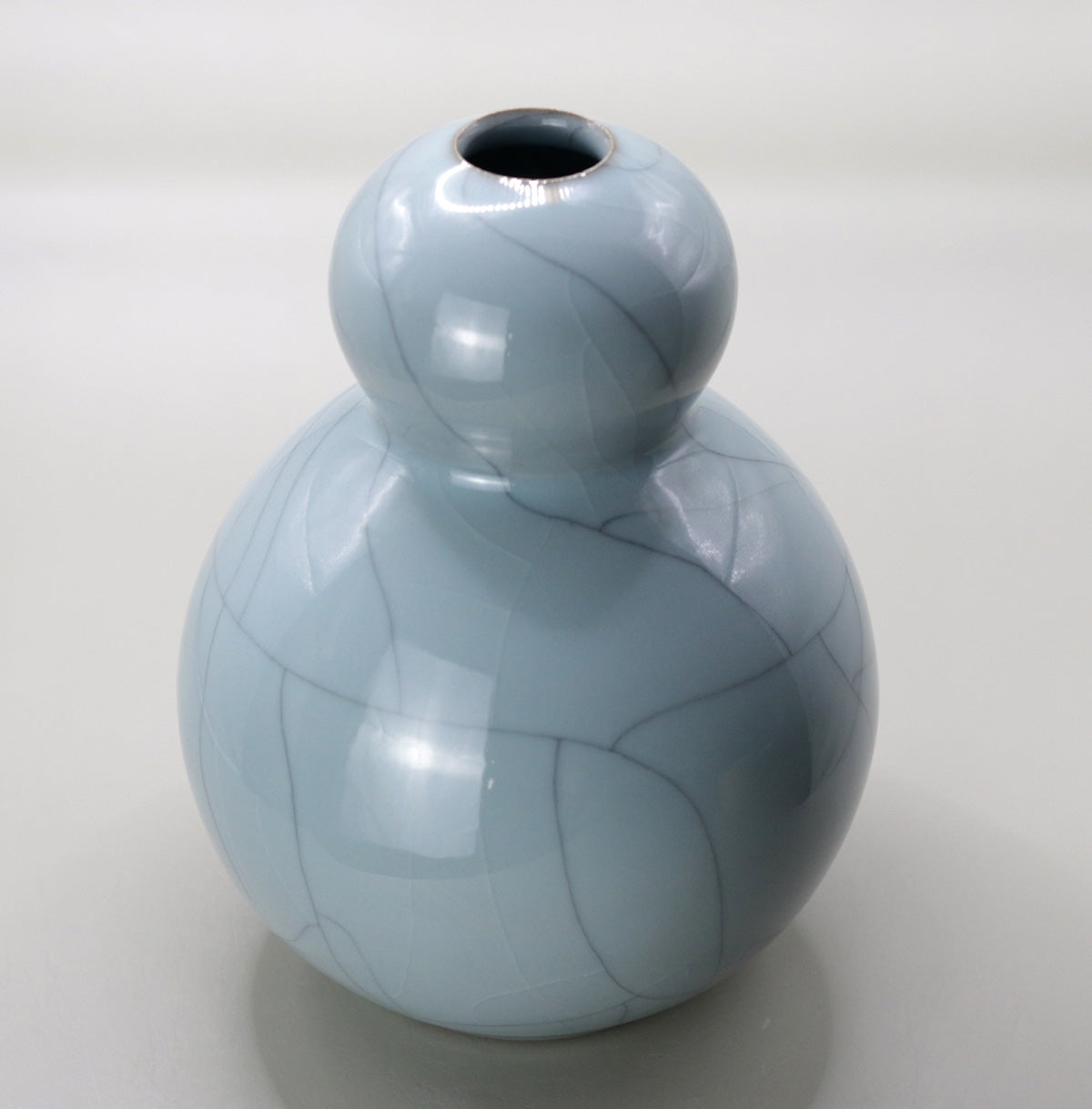
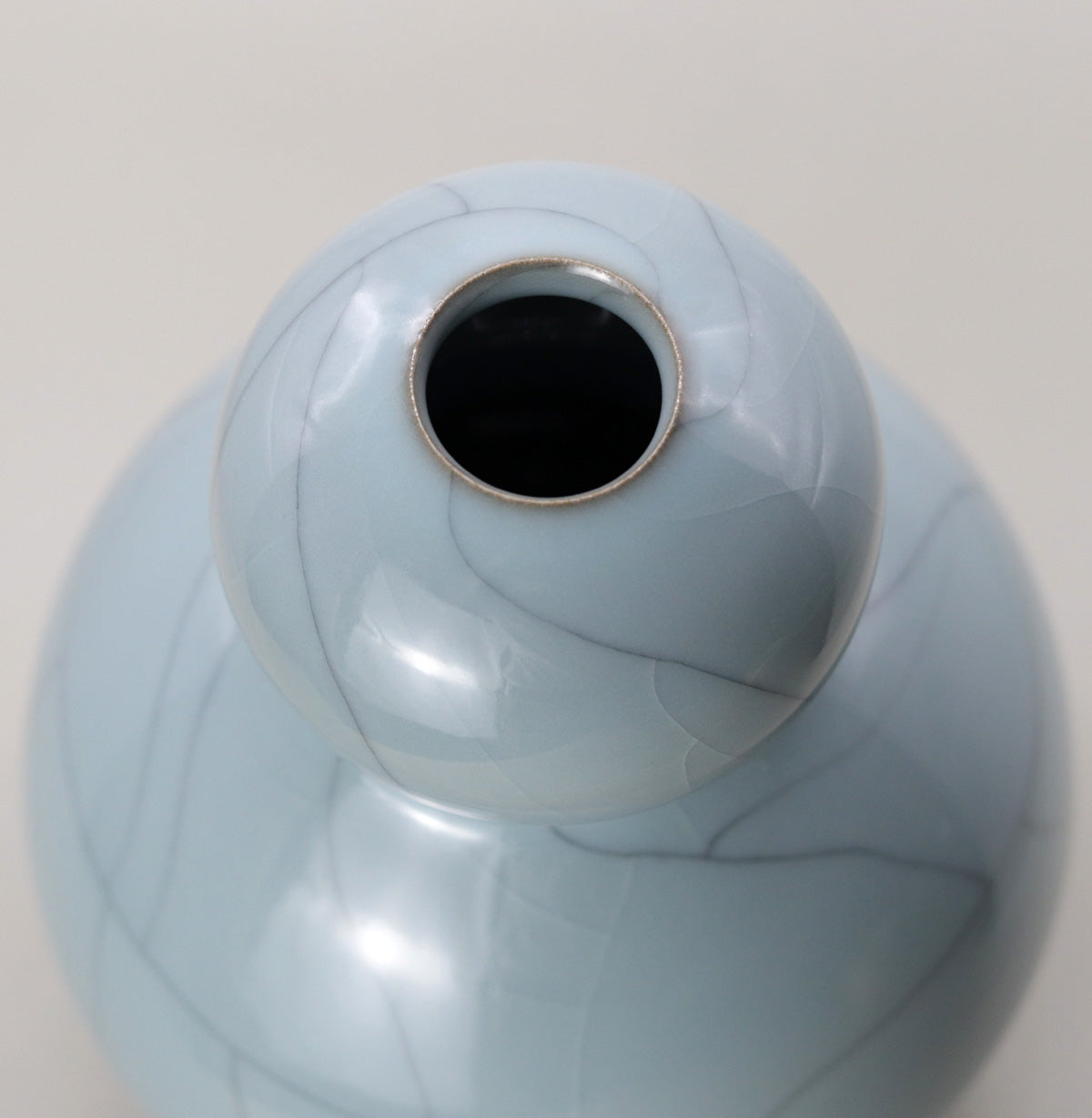
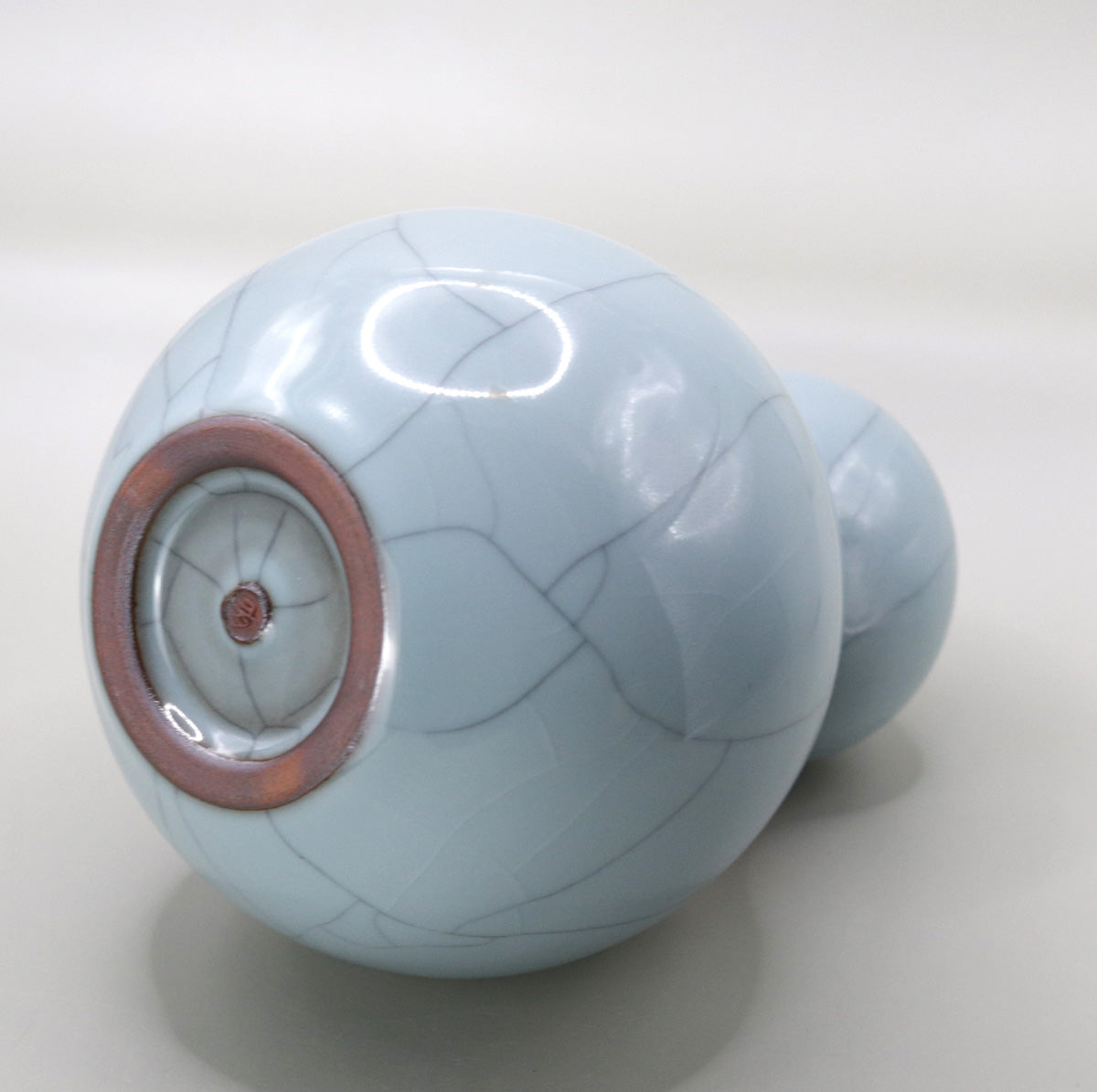
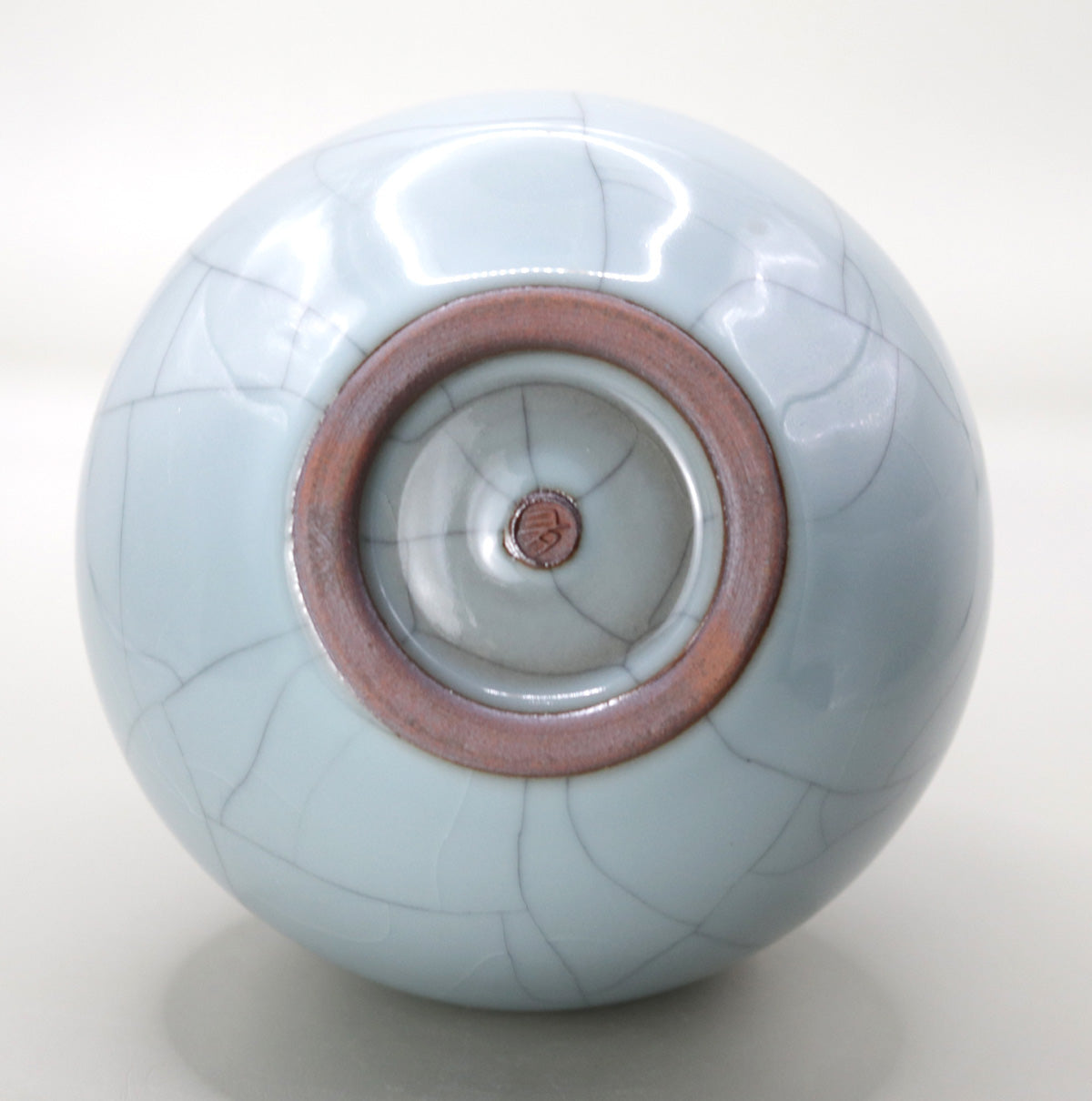
Multi-Column
-
[I will send it to you quickly and carefully]
We carefully package each product in a way that suits it best.
Also, delivery times vary depending on the piece (vessel, etc.).
Items that already come with a box will be shipped within 1-3 days of the order date.
For items that require a box to be made after your order, it will take approximately 30 days for production to be completed and then shipped.
In either case, once we have confirmed your order, we will contact you by email to inform you of the delivery date.
-
[Requests when purchasing pottery]
Even products that look the same may differ slightly in color, shape, size, etc.
The way the glaze is used, the power of the kiln, the firing method, the season, and the humidity also affect the appearance of the pottery.
Please understand the individuality of each piece of pottery and enjoy the unique warmth of handmade.

